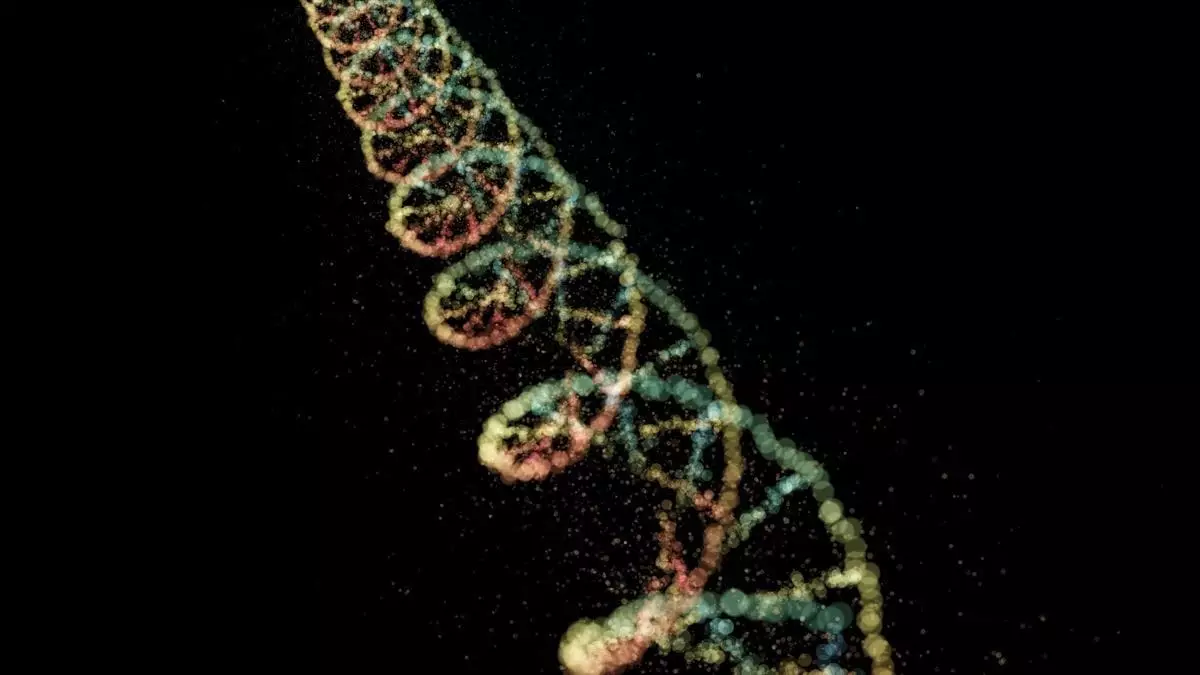Recent advancements in the field of biological aging have opened new avenues of understanding surrounding the influences of genetic mutations and their interplay with epigenetic changes. Researchers have begun to illuminate the relationship between the DNA mutations that accrue during an individual’s lifetime and the epigenetic mechanisms that are employed in determining biological age. This emerging evidence holds promise for transforming our understanding of aging and, consequently, longevity research.
The Connection Between DNA Mutations and Aging
Aging is a multifaceted phenomenon often characterized by a gradual decline in physiological integrity. Traditionally, scientists have attributed age-related deterioration to various factors, including genetic mutations that occur due to errors in DNA replication, external environmental pressures, and the gradual inefficiency of cellular repair mechanisms. Such mutations have been linked to serious age-related ailments, including cancer and neurodegenerative diseases. Yet it became increasingly clear that these alterations alone do not account for the full spectrum of aging.
The newly published study in *Nature Aging* has brought to light a concerning correlation between these random genetic mutations and the biological alterations tracked by epigenetic clocks. This study posits that while DNA mutations accumulate, they may have a direct bearing on epigenetic changes that serve as a more immediate reflection of an individual’s biological age. The essence of this finding lies in the notion that as mutations accrue, they may exert influence over epigenetic environments—indicating a deep-seated connection that researchers have only begun to untangle.
Epigenetic Modifications: A New Perspective on Aging
Epigenetics refers to modifications that affect gene expression without altering the DNA sequence itself. Epigenetic clocks have become critical tools in estimating biological age by tracking specific markers indicative of these modifications. The recent findings underscore a reciprocal relationship between genetic mutations and epigenetic changes. The resulting questions provoke thought: Are epigenetic alterations mere byproducts of an aging organism, or do they play an active role in driving the aging process?
Prominent researchers such as Dr. Steven Cummings have underscored a profound link between genetic changes and defined epigenetic markers. His assertion that specific DNA mutations lead to notable changes across the epigenome hints at a cascading effect involving multiple genes. Concurrently, Professor Trey Ideker’s observations reveal a notable effect of mutations on DNA methylation, with a loss at mutated sites and increased methylation in the vicinity—a phenomenon evidenced to extend beyond the immediate mutation area.
While the study points to a promising area of inquiry concerning biological aging, it brings significant implications for anti-aging research. If DNA mutations are indeed principal drivers of the aging process, the challenge to reverse these mutations becomes paramount, as targeting epigenetic changes is a comparatively less daunting endeavor. The potential for creating therapeutic strategies hinges on this understanding. In the realm of anti-aging because it spots the fundamental pathological components of biological time rather than merely the effects of aging.
The study, however, relies heavily on data derived from cancer patients, raising the pressing need for further investigations in healthy populations. Clarifying whether similar associations among genetic and epigenetic changes exist in the non-cancerous population is crucial to validating the study’s conclusions. Longitudinal studies tracking both genetic and epigenetic fluctuations across time could prove beneficial in constructing a clearer understanding of their interrelation in the aging context.
To explore these intricate relationships, future avenues of research will potentially involve laboratory experiments where specific mutations are intentionally introduced in cells. Such investigations would enable scientists to directly observe the subsequent epigenetic modifications and glean further insights into this complex web. These findings may not only refine the application of epigenetic clocks but also forge a deeper comprehension of aging at a molecular level.
The intersection of genetic mutations and epigenetic changes paves a compelling path toward redefining the landscape of aging research. The implications of these findings are monumental—altering perceptions of biological aging, reflecting a time where renewed understanding may eventually assist in forging new strategies in combating age-related diseases and prolonging healthspan. As research progresses, the potential for enhanced insights into the mechanics of aging may withstand the test of time, marking a crucial chapter in biogerontology.


Leave a Reply